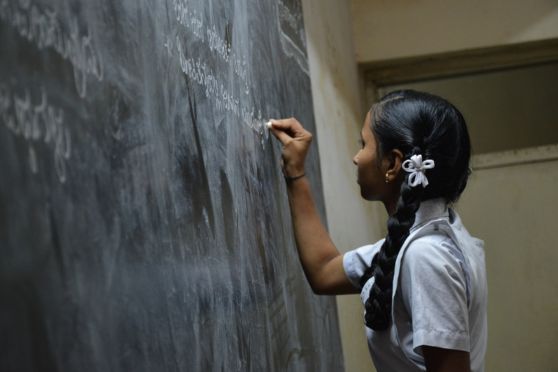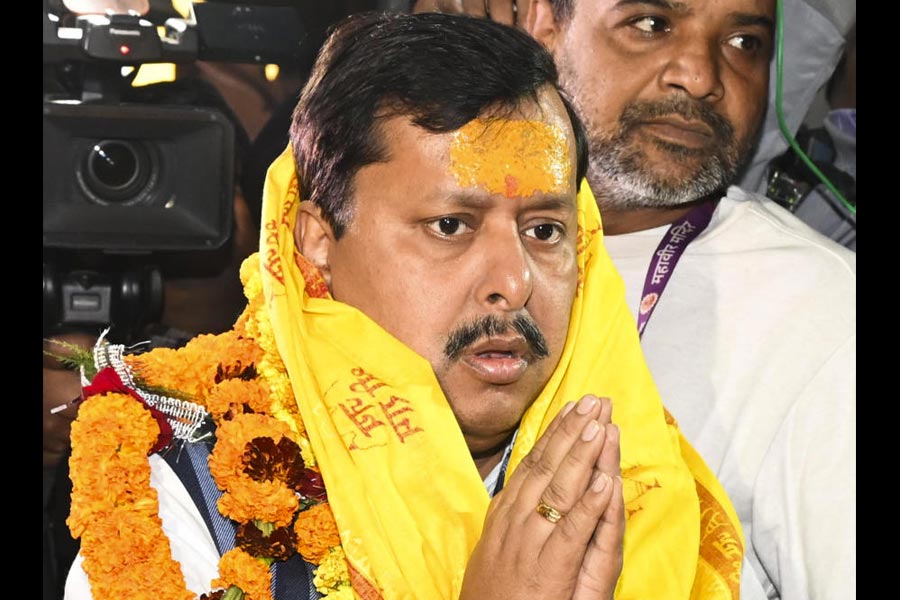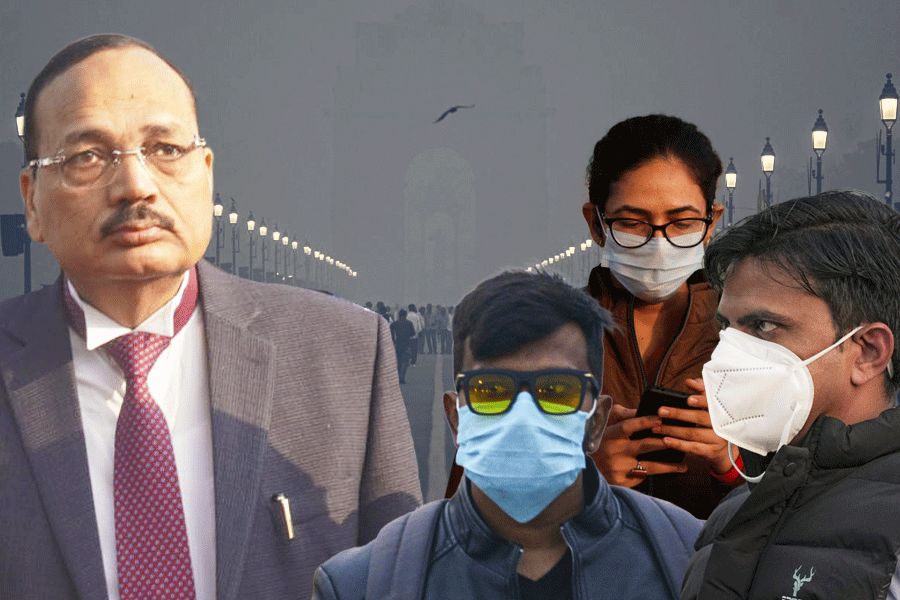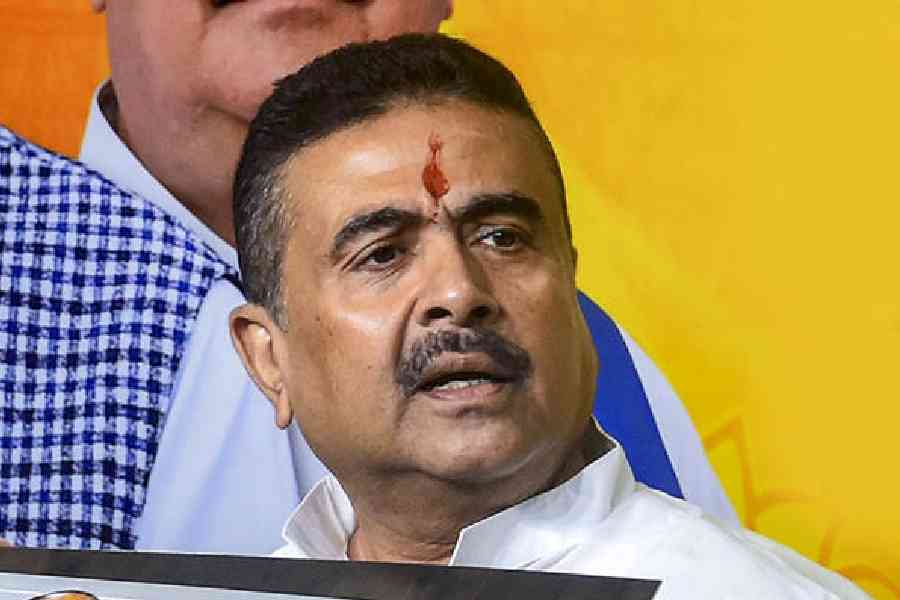In West Bengal, a paradox defines the landscape of schooling. Data from the Union ministry of education has revealed that on the one hand, the state accounts for nearly half of the country’s zero-enrolment schools — 3,812 institutions in 2024–25 — that together employ 17,965 teachers. Yet, on the other hand, the average pupil-teacher ratio in the state stands at 29:1, which is well above the national average of 24:1. This suggests that acute teacher shortages that afflict other states is not present in Bengal. What this seeming contradiction means is that large numbers of teachers are posted to schools where no students attend, while other schools struggle to provide adequate staff. The consequence is a double failure: resources are wasted in idle institutions and the promise of education remains unfulfilled for children in understaffed schools. The mismatch signals failures in resource allocation and oversight. The government’s reluctance to transfer surplus teachers or rationalise its school network has allowed this imbalance to widen over time. But a more important question is this: why do so many of Bengal’s schools have no pupils? Demographic shifts are part of the story. But that does not explain why functioning schools fail to attract children. The truth lies in the collapse of public confidence in government schools. Parents perceive, not without reason, public schools as poorly run, under-supervised, and focused more on bureaucratic reporting than learning. Private schools, even modest ones, are viewed as more reliable for imparting education. The result is a quiet and worrying flight from the public schooling system, especially among lower-middle-class families. Meanwhile, in poorer communities, schools survive largely on the lure of the mid-day meal and free uniforms rather than the promise of education.
To reverse this, Bengal needs a full-scale audit of school operations and teacher deployment. Zero-enrolment schools must be merged or closed, and teachers reassigned to single-teacher schools, which educate over 2.3 lakh pupils in the state. The quality of schooling needs to improve too. Meaningful learning requires trained and motivated teachers, full curriculum coverage, decent infrastructure and accountable management. Measures must also be taken to not only increase enrolment but also make access to schools easier, especially for girls. Bengal’s welfare schemes — Kanyashree, Shikshashree, Medhashree — already show that targeted incentives can boost attendance. What is missing is administrative and political will to confront entrenched inefficiency and patronage in teacher postings.










